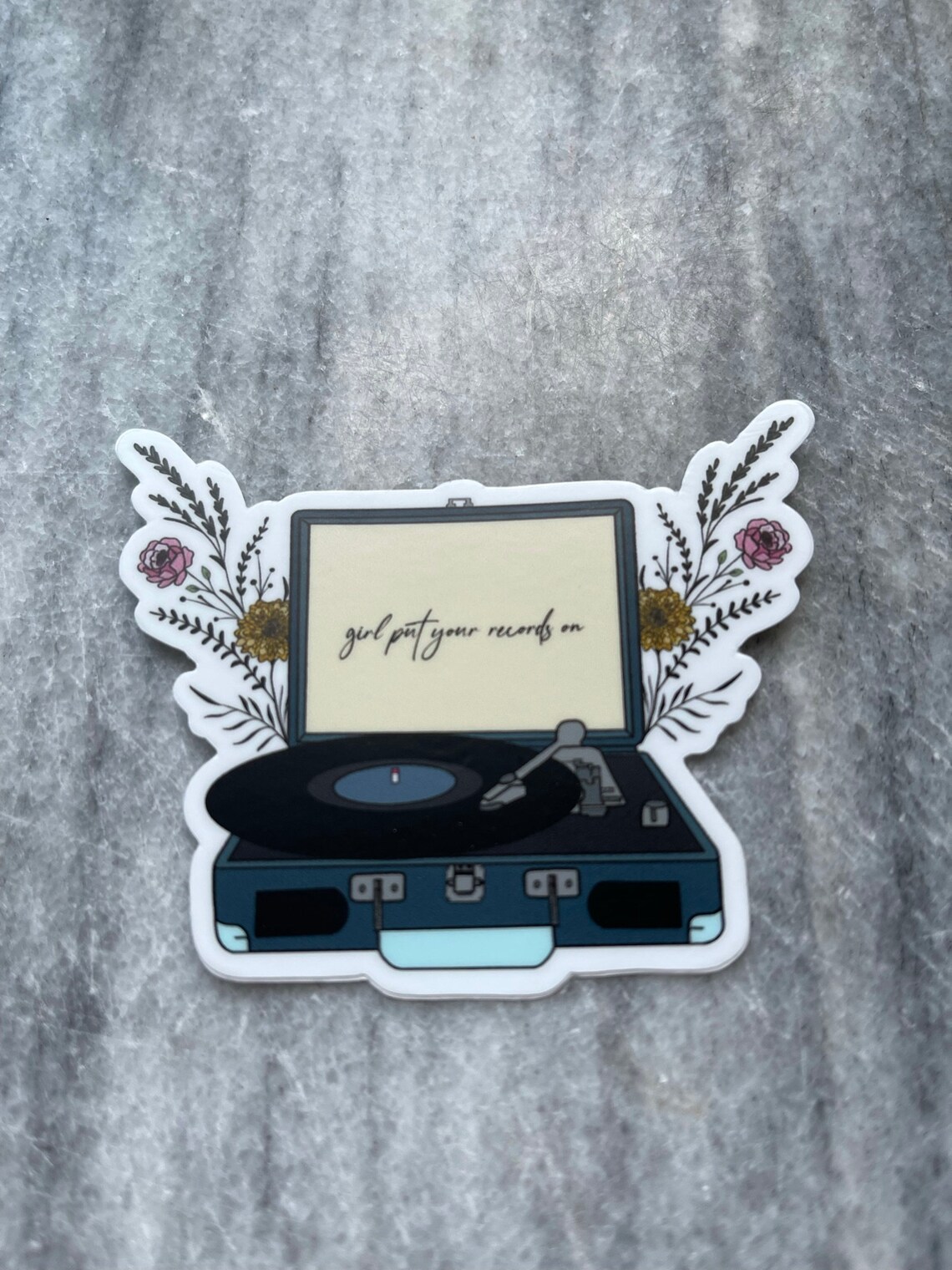
The contact appears as a line on the map, but in reality, it’s a 3-dimensional surface. From these data, we can discern the location of the basement-cover contact. The green dots are the granitic basement rocks, and the brown dots are metasedimentary rocks. The different colors designate the rock type exposed at that location. On the shaded-relief map below, I’ve plotted outcrops (or stations) from which we’ve made observations in the field. This past summer we wandered up and over the forested hills of central Virginia in search of bedrock exposures. The two sides of this record, if you will, consist of what’s known as the Lynchburg Group - a group of metasedimentary rocks composed largely of meta-sandstones and the Blue Ridge basement complex a suite of one-billion-year-old granitic gneisses. My fieldwork in Blue Ridge foothills near Schuyler, Virginia is focused a significant geological contact (the boundary) between two very different rocks. For this step, we’ll relate it to geologic mapping.

For me, this means a couple of pillows on the floor in a room with plenty of sunlight. And while everyone has a certain way to spin here’s a peek into my quadraphonic quirks:ġ) Find a cozy space. Because it’s time to put your records on. Hopefully, you are settled in, and ready for this new release. We also went coast to coast for our research presentations at the Geological Society of America’s annual meeting in October. At our Brown Bag, we showcased our summer fieldwork (a spinback, if you will) and teased everyone with hints of the science to come.
GIRL PUT YOUR RECORDS ON PLUS
It was a hybrid presentation with a fabulous in-person audience of our W&M peers, plus our educational partners from Nelson County and, of course, my mom (lol) on Zoom. We kicked off the Geology department’s Brown Bag season as the opening act. Since you last heard from us, the Schuyler Sisters have done many things.

Bear with me and see how you like this remix. I enjoy looking for ways to compare or connect some scientific principles with the more artistic and readable moments of life. That is, the space between communication and the natural sciences just like a great mix on your favorite vinyl, bridging the space between scientific and common understanding is the music of our field. I’m a senior Geology major and while conducting research in the geosciences, I have come to love the pursuit of the in between. If this is your first experience with the William & Mary Structural Geology and Tectonics Research Group blogs - don’t you worry, the blog lords haven’t lost their minds (quite yet), I’m getting there, just consider it a first-pressing in the blog world.

So, let the lead-in groove begin as we start to spin. It’s the process, the steps, the sounds that makes it so soothing, so unique, such an experience. There’s a certain something about the ritual of putting on a record that makes the entire experience more delightful than just popping in some airpods and streaming your playlist.


 0 kommentar(er)
0 kommentar(er)
